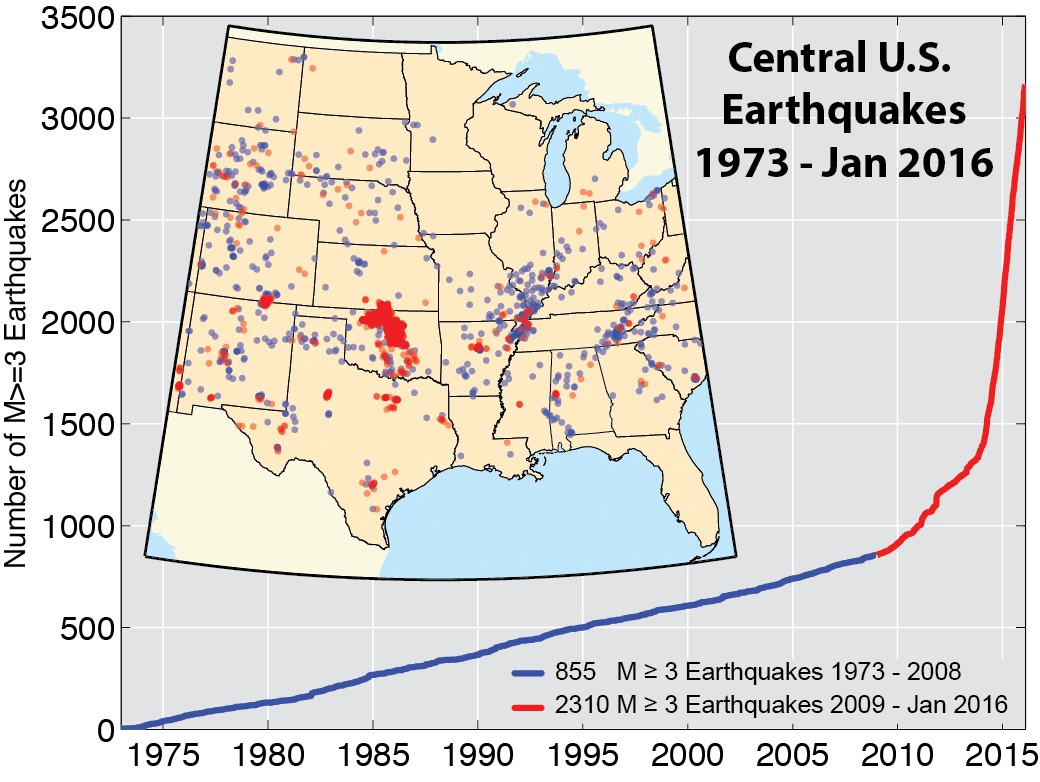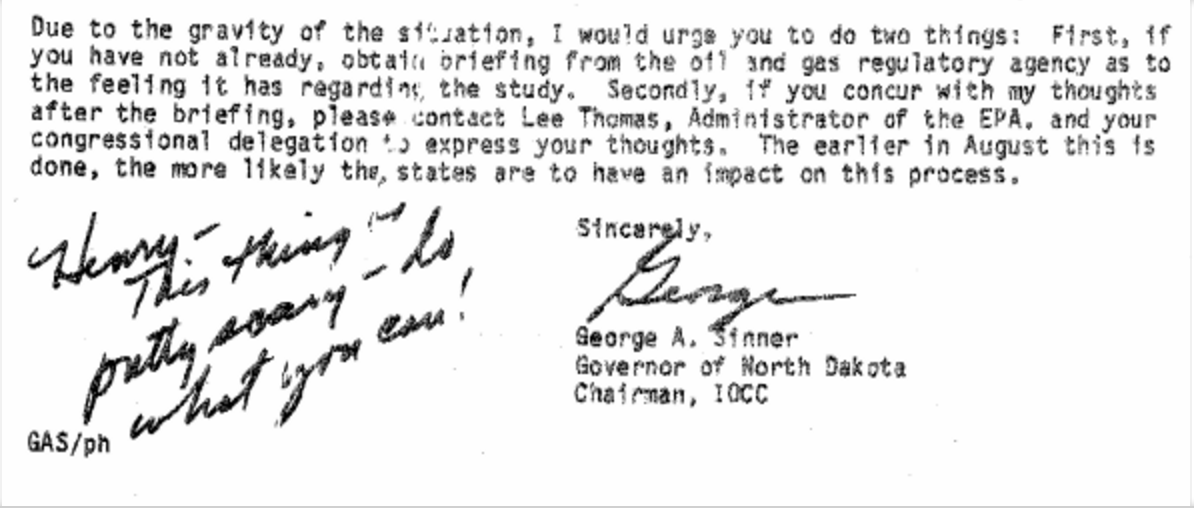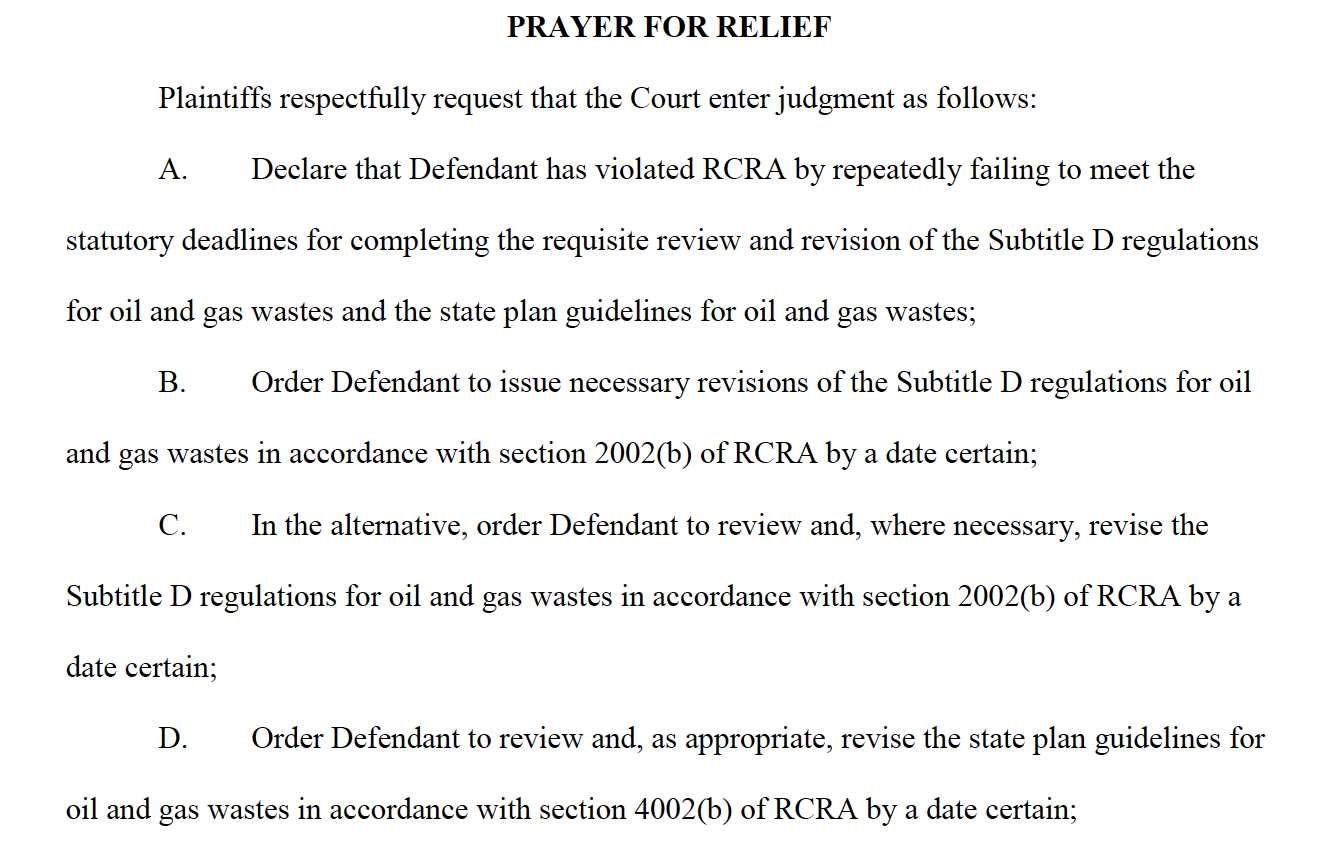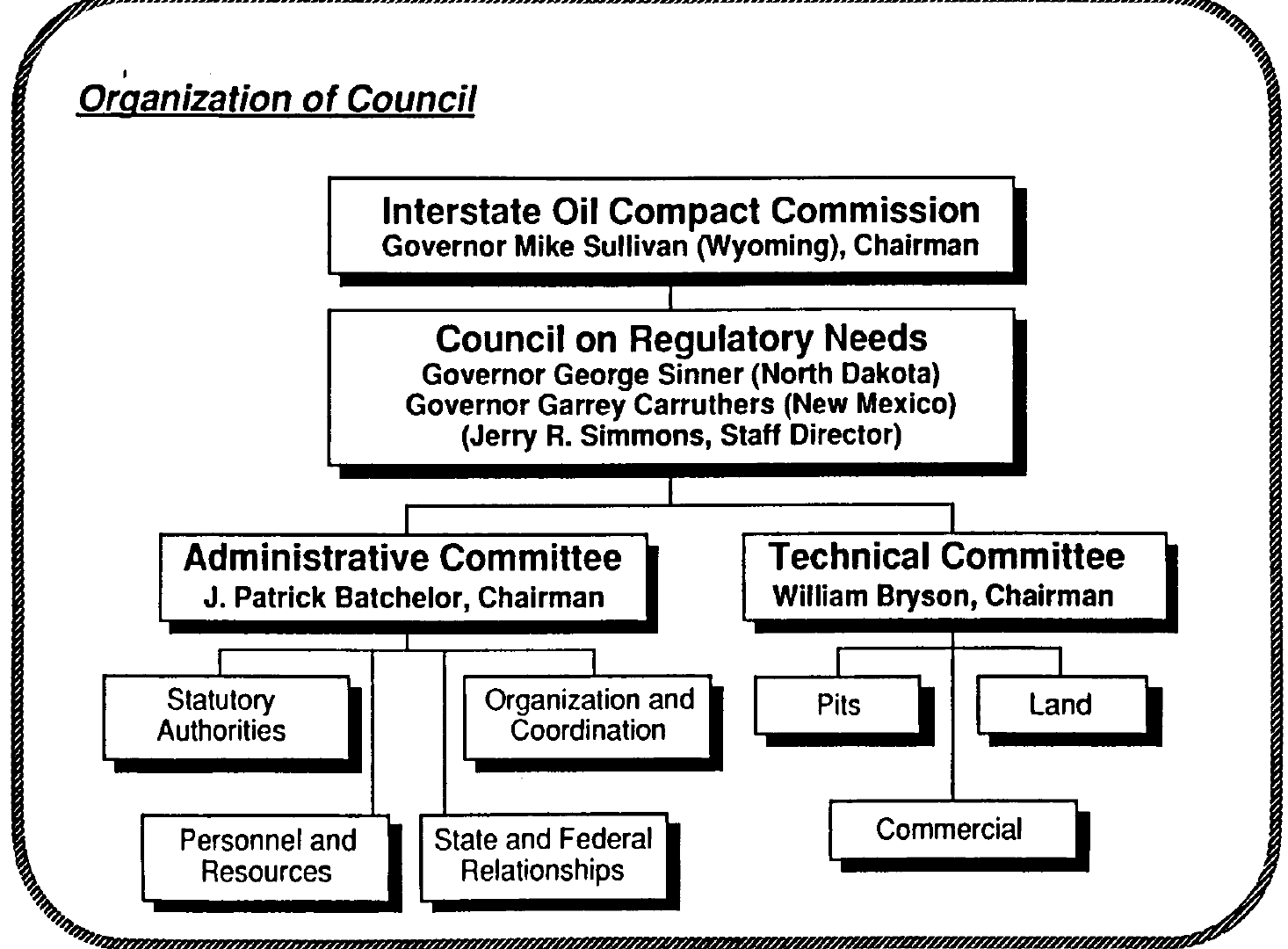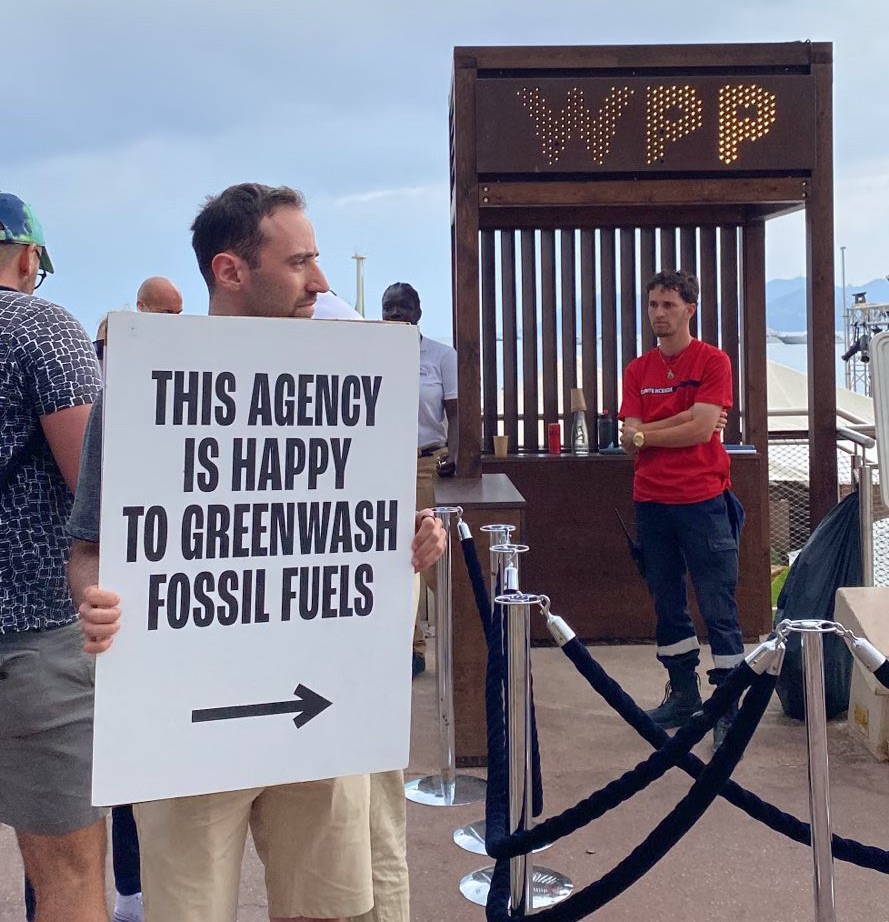On May 4, several environmental organizations filed a lawsuit against the U.S. Environmental Protection Agency (EPA), calling for an end to the regulatory exemption it carved out in the late 1980s for the oil and gas industry with regards to how it handles industrial waste.
That exemption to the Resource Conservation and Recovery Act (RCRA) of 1976, a recent DeSmog investigation showed, was pushed in the forefront almost from day one of RCRA‘s passage by the Interstate Oil and Gas Compact Commission (IOGCC). IOGCC is a U.S. Congress-chartered interstate compact consisting of U.S. oil and gas producing states, with a membership roll that includes state-level regulators, industry lobbyists and executives.
The EPA, which granted the oil and gas industry the RCRA exemption in 1988, serves as an IOGCC affiliate member.
An ongoing DeSmog investigation into IOGCC has exhibited that it often behaves like an unregistered lobbying node for the oil and gas industry. DeSmog has also obtained more documents, published here for the first time, revealing IOGCC‘s role in pushing for and creating the RCRA loophole.
IOGCC: RCRA “Is Pretty Scary”
The recently-published DeSmog piece showed that Don Clay, who now works for Koch Industries as its Managing Director of Environmental and Regulatory Affairs, headed up EPA‘s Office of Solid Waste and Emergency Response at the time the agency carved out the RCRA exemption after years of IOGCC– and industry-wide lobbying. Initially, the exemption existed as part of the Solid Waste Management Act of 1980, called the Bentsen Amendment due to the late U.S. Senator Lloyd Bentsen’s (D-TX) championing of the clause.
Lee Fuller, the lead staffer who worked on that issue for Bentsen at the time of the amendment’s passage, now works as a senior lobbyist for the Independent Petroleum Association of America (IPAA). IPAA served as the creator and still oversees the controversial fracking front group, Energy in Depth (EID), which has written 144 blog posts in recent years belittling the link between injecting fracking wastewater and the earthquakes this can cause.
EID published a report in November 2015 that attempted to sow seeds of doubt between the link between oil and gas waste injection and earthquakes, which came out just over a month after IOGCC unveiled a similar primer at its annual meeting in Oklahoma City, Oklahoma.
A letter recently obtained by DeSmog from the Oklahoma State University’s Henry L. Bellmon Senatorial Papers collection demonstrates that IOGCC‘s then-chairman and North Dakota Governor George Sinner faxed a letter on IOGCC letterhead to Bellmon in July 1987, a few months after the EPA published the first draft of its report making recommendations to Congress about what to do about the oil and gas wastes issue, positing that “oil and gas producing states will suffer severe economic damage if this is allowed to happen.”
That letter ended with a call to action, with Sinner asking Bellmon to contact the EPA and Congressional members and express this same sentiment. “Henry, this thing is pretty scary — do what you can!,” Sinner wrote at the bottom of the letter.
Image Credit: Oklahoma State University Henry L. Bellmon Senatorial Papers
Within a year, IOGCC had won the RCRA exemption that serves as the subject of the current lawsuit. IOGCC did not respond to a request for comment for this story. Steve Everley of EID told EnergyWire that he believes the lawsuit is a “fallacious stunt.”
But that’s all just the obligatory backstory. What about the lawsuit itself, who are the plaintiffs and what have they demanded?
The Lawsuit
The plaintiffs for the case — filed in the U.S. District Court for the District of Columbia — include groups ranging from the Environmental Integrity Project, Natural Resources Defense Council, Earthworks, Center for Health, Environment & Justice, West Virginia Citizen Action Group d/b/a West Virginia Surface Owners’ Rights Organization, Responsible Drilling Alliance, and the San Juan Citizens Alliance.
EPA, say the plaintiffs, was supposed to review and amend oil and gas industry’s RCRA exemption every three years under U.S. law.
“Defendant is under a nondiscretionary and continuing duty to review and, where necessary, revise the regulations ‘not less frequently than every three years (42 U.S.C. § 6912(b)),” reads the complaint. “EPA has not reviewed the…regulations for oil and gas wastes since July 6, 1988. Since that time, nine successive three-year deadlines have passed with no further review.”
But that didn’t happen, largely as it turns out, due to IOGCC‘s influence peddling.
What exists instead of EPA self-audits every three years is something called STRONGER (State Review of Oil and Natural Gas Environmental Regulations), an organization overseen by IOGCC and other stakeholders that since the late 1980s has performed voluntary audits of various aspects of state-level oil and gas regulatory programs.
The plaintiffs have asked the EPA to end the oil and gas industry’s RCRA loophole and amend it to reflect the modern-day shale oil and gas exploration and production boom.
Image Credit: U.S. District Court for the District of Columbia
STRONGER and Weaker Regulations
STRONGER‘s initial name was the Council on Regulatory Needs, which got off the ground with $300,000 in EPA seed money. Documents obtained by DeSmog from the Archives and Special Collections of New Mexico State University Library show that Jerry Simmons, now executive director for the National Association of Royalty Owners, served as staff director for the Council while also working as IOGCC‘s associate director.
Image Credit: Archives and Special Collections, New Mexico State University Library
Further, the New Mexico State University documents also convey that Randy Bruton — then head of regulatory affairs for Mitchell Energy, the company that pioneered commercial-scale fracking in the U.S. (since bought out by Devon Energy) — served as one of two industry representatives to the Council.
Fast-forwarding to the 21st Century, 2012 Republican Party presidential candidate Mitt Romney and President Barack Obama — the latter heeding the recommendations of his industry-loaded Department of Energy fracking advisory committee — have advocated for the hands-off STRONGER approach.
STRONGER is also advocated for by companies like Range Resources and lobbying groups like America’s Natural Gas Alliance and American Petroleum Institute (now merged).
A 2004 letter obtained by DeSmog from the State Historical Society of North Dakota’s Governor John Hoeven Records shows that, at that point in time, API funded STRONGER to the tune of $250,000 per year.
In a 1990 memorandum obtained by DeSmog from the University of Texas’ Briscoe Center for American History, the Texas Independent Producers and Royalty Owners (TIPRO) admitted the real reason for STRONGER (then still the Council for Regulatory Needs): more or less, public relations.
“If the [IOGCC] recommendations convince Congress that states are making a good faith effort to strengthen their rules where strengthened rules are appropriate, then we stand a good chance of keeping our…exemption and avoiding new federal involvement,” reads the memo. “TIPRO has been working closely with the [IOGCC] study group. Our hope is that the [IOGCC] recommendations can help Congress make the right decisions and that states will not feel pressured to take actions that could destroy the ability of independent producers to make a living.”
In that same memo, TIPRO also said it was “very fortunate” to have Bruton on the Council, who at the time also served as a member of TIPRO‘s Environmental Committee.
“Toxic Mess”
The complaint also documents the human health and environmental impacts of the RCRA loophole above and beyond just generating record numbers of earthquakes. The ever-evolving RCRA tale, with this lawsuit and the ongoing Sierra Club v. Chesapeake Operating LLC, Et Al lawsuit serving as the latest chapter, provide a good case study of IOGCC‘s long-term, real world impacts.
Amy Mall, senior policy analyst at the Natural Resources Defense Council, said in a press release that it all amounts to a “toxic mess” in need of a legal fixing.
“Waste from the oil and gas industry is very often toxic and should be treated that way,” said Mall. “Right now, companies can get rid of their toxic mess in any number of dangerous ways—from spraying it on icy roads, to sending it to landfills with our everyday household trash, to injecting it underground where it can endanger drinking water and trigger earthquakes. EPA must step in and protect our communities and drinking water from the carcinogens, radioactive material and other dangerous substances that go hand-in-hand with oil and gas waste.”
Photo Credit: United States Geological Survey
Subscribe to our newsletter
Stay up to date with DeSmog news and alerts


